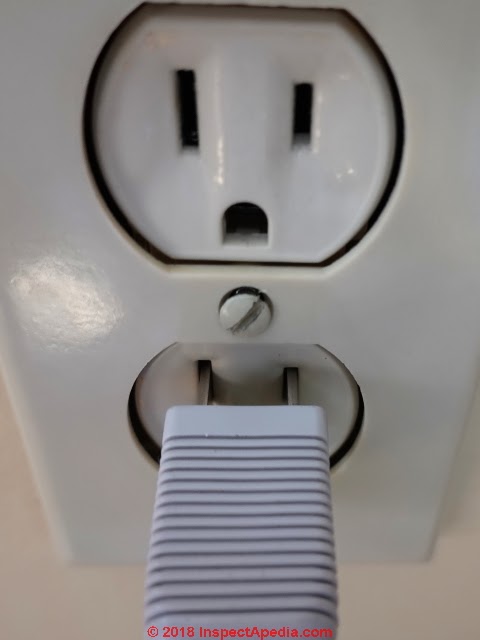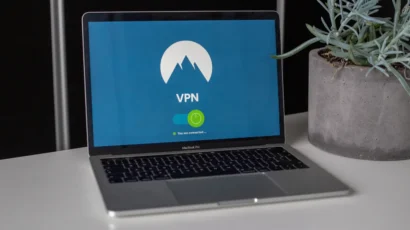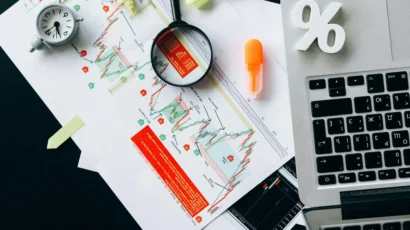Disclosure: Privacy Australia is community-supported. We may earn a commission when you buy a VPN through one of our links. Learn more.
7 Video Surveillance Signs: Know if You’re Being Watched
There’s nothing worse than feeling like somebody is surveilling you, especially in your own home. It’s a severe invasion of your safe space and your privacy rights.
As such, we’ll look at some of the most obvious signs that somebody is carrying out video surveillance of you, either digitally through your electronic devices, or physically through a camera or microphone.
One thing we do want to stress before getting started though, is that sometimes paranoia can get to us, so while a healthy amount of paranoia is good, too much can be problematic. If you really think you are in danger, please contact your local law Enforcement.
Digital Signs of Surveillance
Strange storage files
If a hacker gains access to your camera or manages to capture your computer monitor, those files need to go somewhere, and the most likely place is inside your computer.
Keep an eye out for storage files you aren’t expecting, especially if they are large in size or are videos/images.
Places to look include in existing folders where these sort of files might exist, as they might be hidden among other legitimate files. Of course, a hacker could also just hide them in another folder, especially in a place they know you haven’t checked in a while. Make sure to check around your folders, especially ones you don’t often visit.
Misbehaving Camera
Some modern cameras come with a swivel that allows them to move around. If your camera starts doing unexpected movements in this fashion, one possibility could be an attempt at surveillance.
Another thing to look for is image stabilization or filters on the camera that you aren’t expecting to be there. Of course, this might happen automatically depending on the program, so make sure of what settings you have switched on and are using.
Also, one thing to keep in mind is that most modern webcams have a mic component, and if they’ve gotten access to your video feed, they probably also have access to your microphone.
Weird Indicator Light
Another thing to keep a lookout for when it comes to your webcam (or any camera) is the light that indicates that the camera is on. Not all cameras have this, and some things like certain sites might be able to access it, so again, make sure you aren’t actively using it before worrying about outside intrusion.
This advice also applies to any device that has any sort of indicator light. In fact, the indicator light itself is a great way of knowing whether you are being surveilled or not.
Unknown Background applications
There’s a huge problem these days with something we call ‘bloatware’. Essentially these are extra applications that come along with your mobile device, or even other programs you install. For example, you might be installing a free video editor online, and in the process of installing you might be asked to install a 3rd-party app, one that people often click through without checking on first.
These 3rd party apps that are included in free applications aren’t always vetted and may contain malware or some other backdoor into your computer.
Always be aware of the background applications that you are running, and check for ones that you aren’t familiar with. Of course, be aware that Windows and other important stuff have background apps you might be familiar with, so make sure you find out what they are before killing the process.
Another thing to always be cognizant about is to not install 3rd-party apps when you install things, or to generally make sure you’re downloading things from trustworthy sites.
Physical Signs of Surveillance
Wall fixtures out of place
Fixtures are probably the first place any sort of listening or video recording device will be. The inside is relatively open for devices, and very few people will ever look inside of their fixtures unless they need to be fixed, which is rare.
This can include anything from electrical fixtures, light switches, and even smoke alarms, the latter of which is probably the best place to put a hidden camera in.
Look for signs that the faceplates or fixtures have been opened recently, such as recessed or misaligned outlets, or even a discoloration on the wall around the faceplate where it might have been previously covered.

A specific item looks weirdly placed or off
Another common way to hide eavesdropping and recording devices is common day-to-day items that you may not necessarily think about. Clock radios, books, lamps, and other stuff around the house you might not interact with very often.
You’ll want to pay attention that these things haven’t been moved or maybe even seem cleaner than they usually should. Keep in mind that most people who are placing devices tend to be nervous and haphazard, and so they won’t think to perfectly recreate where the device was before tampering.
Another thing to be cognizant about is whether a new item or bauble appears in your house where it wasn’t before. This might be more difficult if you live with other people, and of course, sometimes we forget, but it doesn’t hurt to double-check items if you aren’t exactly sure where they came from or what they are doing in the place they are.
White debris near walls or under false ceiling tiles
One very straightforward place to hide a camera or listening device is inside a wall, especially if you live in a house that isn’t made of bricks. To get inside the open space though, they’ll have to drill inside, which will leave behind debris they might forget to clean up. This may seem pretty obvious but again, remember that most people who try to place these devices are probably nervous and not thinking clearly.
Also, false ceilings with movable tiles is another place you might consider looking for surveillance devices. Again, mainly look for dust or debris that might have been knocked loose when the tile was moved.
Finally, if you suspect something has been moved like a floorboard or baseboard, try and take a closer look for signs of discoloration, debris, or even wires. You’d be surprised how often people can be forgetful enough to leave these kinds of obvious signs around.
Conclusion
Hopefully, the tips listed above will help you in finding any sort of surveillance that is on you, or otherwise put your mind at rest that you are safe.
Again, we want to remind you that if you do find a surveillance device, or you do feel in danger, call local law enforcement, assuming they aren’t the ones you are worried about.





